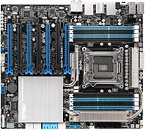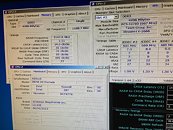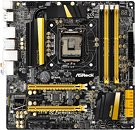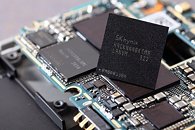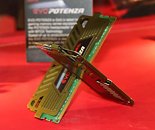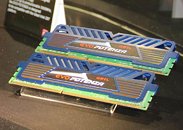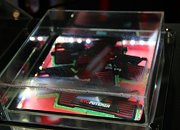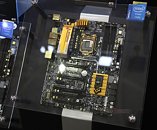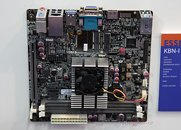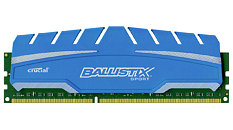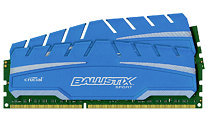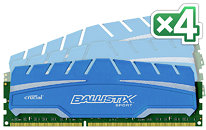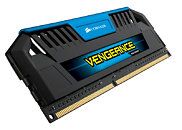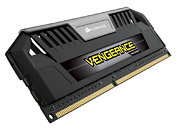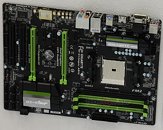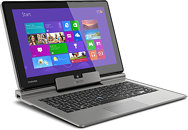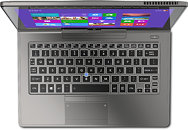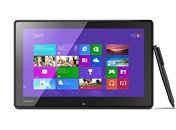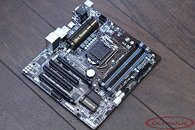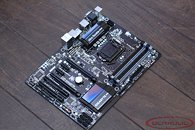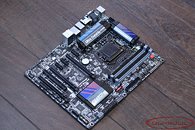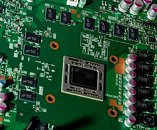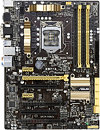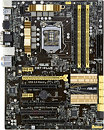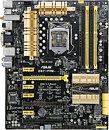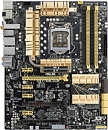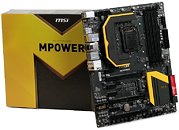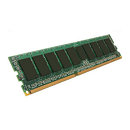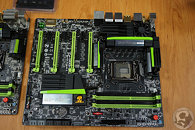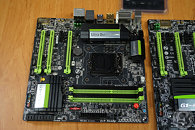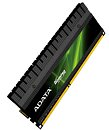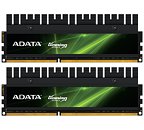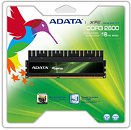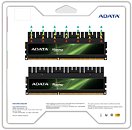
Intel Core i7 "Ivy Bridge-E" and Core i3 "Haswell" Series Detailed
We know from older reports that Intel will refresh its socket LGA2011 HEDT (high-end desktop) product family with three new parts, based on the new 22 nm "Ivy Bridge-E" silicon. A table detailing their clock speeds was leaked to the web. In addition, we got details of what Intel's entry-level Core i3 "Haswell" line of dual-core processors would look like, specs-wise. The Ivy Bridge-E silicon, is to a large part an optical shrink of the Sandy Bridge-E silicon, with a few improvements. The chip is fabricated on Intel's 22 nm node with tri-gate transistors, the IMC natively supports DDR3-1866 MHz, the PCI-Express root complex is gen 3.0 certified, and the CPUID features the new RdRAND instruction set. Aside from these clock speeds are increased across the board, although TDP isn't lowered from the previous 130W.
Leading the Core i7 "Ivy Bridge-E" pack is the Core i7-4960X Extreme Edition, with its 3.60 GHz core, 4.00 GHz maximum Turbo Boost, unlocked base-clock multiplier, and 15 MB L3 cache. This six-core chip will command a four-figure price. Next up, is the Core i7-4930K, with 3.40 GHz core, 3.90 GHz maximum Turbo Boost, unlocked base-clock multiplier, and 12 MB L3 cache. This chip could be 30-40 percent cheaper than the i7-4960X. The cheapest of the lot, though, is the Core i7-4820K. This quad-core part, interestingly, features unlocked base-clock multiplier, unlike its predecessor, the i7-3820. Perhaps Intel didn't want a repeat of Core i7-3770K cannibalizing the i7-3820. The i7-4820K features 3.70 GHz core, 3.90 GHz Turbo Boost, and 10 MB of L3 cache. The chip may be priced in the same range as the i7-4770K. All three parts feature quad-channel DDR3 integrated memory controllers, with native support for DDR3-1866.
Leading the Core i7 "Ivy Bridge-E" pack is the Core i7-4960X Extreme Edition, with its 3.60 GHz core, 4.00 GHz maximum Turbo Boost, unlocked base-clock multiplier, and 15 MB L3 cache. This six-core chip will command a four-figure price. Next up, is the Core i7-4930K, with 3.40 GHz core, 3.90 GHz maximum Turbo Boost, unlocked base-clock multiplier, and 12 MB L3 cache. This chip could be 30-40 percent cheaper than the i7-4960X. The cheapest of the lot, though, is the Core i7-4820K. This quad-core part, interestingly, features unlocked base-clock multiplier, unlike its predecessor, the i7-3820. Perhaps Intel didn't want a repeat of Core i7-3770K cannibalizing the i7-3820. The i7-4820K features 3.70 GHz core, 3.90 GHz Turbo Boost, and 10 MB of L3 cache. The chip may be priced in the same range as the i7-4770K. All three parts feature quad-channel DDR3 integrated memory controllers, with native support for DDR3-1866.

